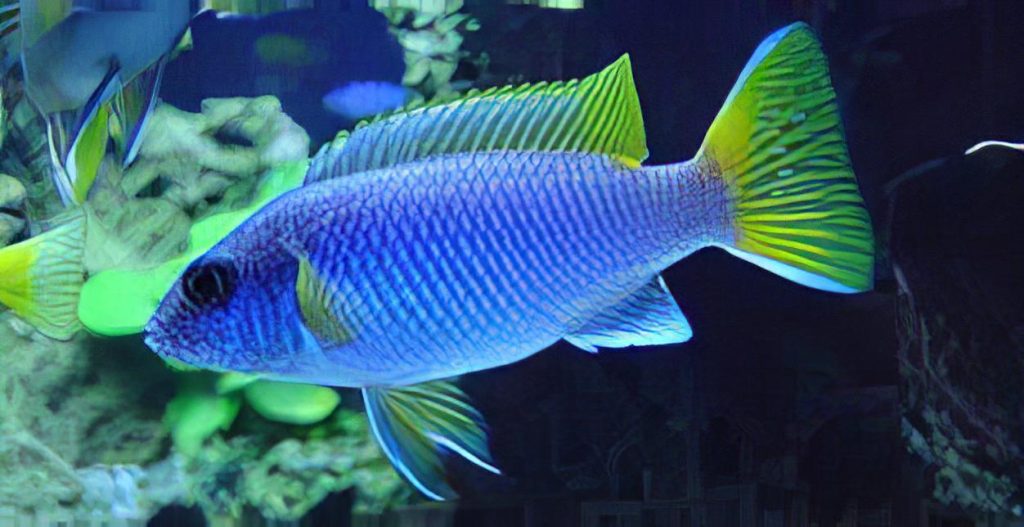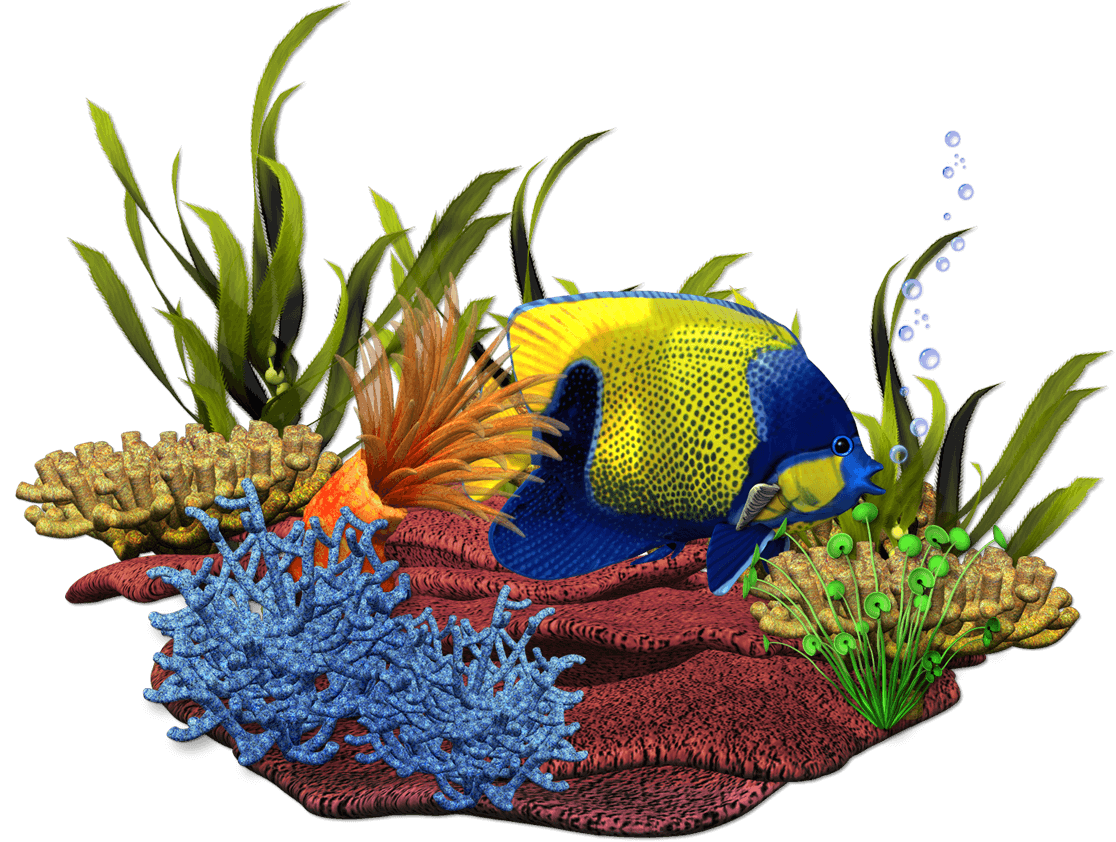Pseudotropheus Acei for Sale
At Seekerfish.com, we offer Pseudotropheus Acei, a relatively peaceful member of the Mbuna family, perfect for aquarists seeking a colorful yet manageable African Cichlid for their freshwater tanks. Native to Lake Malawi in East Africa, the Pseudotropheus Acei—also known as the Yellow Acei or Acei Cichlid—is admired for its striking colors and more tranquil behavior compared to other Mbuna species.
Why Choose Pseudotropheus Acei?
If you’re looking to add a touch of color without the intense aggression often associated with Mbuna, Pseudotropheus Acei is an excellent choice. With their electric yellow bodies and blue-tinted fins (in the Yellow Acei variant) or their blue bodies with white or yellow tails (in the Blue Acei variant), these fish stand out in any aquarium. Their peaceful nature makes them more tolerant of other tank mates, making them suitable for aquariums with mixed African cichlid species.
Physical Characteristics of Pseudotropheus Acei
Color Variants
- Yellow Acei (Pseudotropheus acei variant): Known for their bright yellow bodies and white or light blue fins, this variant is one of the most visually striking Mbuna species.
- Blue Acei: Characterized by a deep blue body with yellow or white tail fins, this standard variant is equally impressive in any setup.
Size
Pseudotropheus Acei can grow up to 12-15 cm (4.7-6 inches), with males being slightly larger than females.
Body Shape
They have a streamlined body with an elongated dorsal fin, running from the middle of the back to the tail, giving them a sleek and athletic appearance.
Habitat and Behavior
Origin
Found along the rocky coastlines of Lake Malawi, especially near Ngara and Boadzulu Island, Pseudotropheus Acei thrives in habitats with plenty of rocks and crevices.
Behavior
Though part of the often territorial Mbuna group, Pseudotropheus Acei is known for its relatively calm and peaceful behavior, particularly when compared to other Mbuna species. They live in large schools in the wild and are generally more tolerant of other fish in a community aquarium setting.
Diet
In the wild, these fish graze on algae growing on rocks (aufwuchs) and feed on plankton. In captivity, they require a diet rich in fiber to support healthy digestion. A high-quality cichlid pellet, fresh vegetables like zucchini or spinach, and spirulina-based foods are ideal to keep them vibrant and healthy.
Aquarium Care and Setup for Pseudotropheus Acei
Creating the ideal environment for Pseudotropheus Acei is key to their health and longevity. Here are some important factors to consider:
Tank Size
A minimum of 150-200 liters is recommended, especially if you plan to keep a group of these fish or mix them with other species. A larger tank helps reduce territorial aggression and provides ample swimming space.
Water Conditions
Pseudotropheus Acei prefers clean, alkaline water with a pH of 7.8-8.6 and a temperature between 24-28°C. Stable water parameters are crucial for their well-being, so a reliable filtration system and regular water changes are necessary.
Aquarium Decor
Since these fish come from rocky environments, it’s essential to replicate this by adding plenty of rocks and caves to your aquarium. These structures provide hiding spots and territories for your Acei, helping them feel secure and reducing stress. A sandy substrate is also recommended as these fish enjoy digging and sifting through the sand.
Breeding Pseudotropheus Acei
Pseudotropheus Acei is a mouthbrooding species, meaning the female carries the fertilized eggs in her mouth until they hatch. The breeding process usually takes around three weeks, during which time the female will not eat. Breeding Acei in captivity is relatively straightforward as long as water conditions are stable and they are provided with a proper diet.
How to Encourage Breeding
Maintaining a healthy tank environment with the right water conditions and providing a high-quality diet can stimulate natural breeding behavior. The fry can be raised on crushed flakes or specially formulated fry food once they are released by the mother.
Why Buy Pseudotropheus Acei from Seekerfish.com?
At Seekerfish.com, we are passionate about providing high-quality, healthy fish for your aquarium. Our Pseudotropheus Acei are sourced from trusted breeders, ensuring that they are in optimal health and ready to thrive in your tank. Whether you’re looking for a visually stunning fish like the Yellow Acei or a more tranquil cichlid to add to your Mbuna community, the Pseudotropheus Acei is an ideal choice.
With their vivid colors, relatively peaceful nature, and engaging behavior, the Pseudotropheus Acei is a perfect addition to any cichlid enthusiast’s aquarium. Browse our selection today and find the right Acei for your tank!

FAQs

Pseudotropheus Acei typically grow at a moderate rate, reaching their full size of 12-15 cm in about 1-2 years. The growth rate can be influenced by factors like tank size, diet, and water conditions. A healthy, fiber-rich diet and consistent water quality will support optimal growth.
While Pseudotropheus Acei are relatively peaceful for Mbuna, they are still best kept with other Mbuna or similarly-sized African cichlids. Mixing them with non-Mbuna species, particularly more aggressive cichlids or those with different water preferences, may lead to territorial disputes or stress.
Pseudotropheus Acei do not require a specific light setup, but moderate to bright lighting is ideal for showcasing their vibrant colors and promoting the growth of algae, which some Acei will graze on. Ensure there are shaded areas in the tank to reduce stress.
Feed Pseudotropheus Acei once or twice a day in small amounts that they can consume in a few minutes. Overfeeding can lead to health issues, particularly since Acei require a high-fiber diet to prevent digestive problems. Ensure their diet includes spirulina-based foods and vegetables like zucchini and spinach.
With proper care, Pseudotropheus Acei can live for 8-10 years in captivity. Maintaining stable water conditions, providing a suitable diet, and reducing stress through proper tank setup will help maximize their lifespan.

